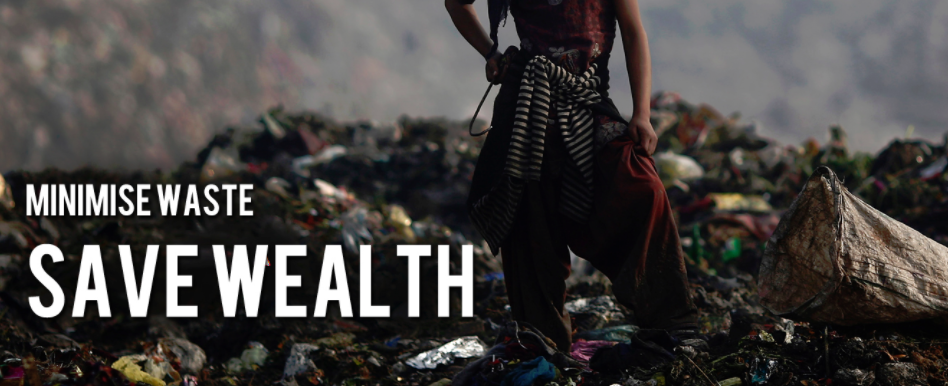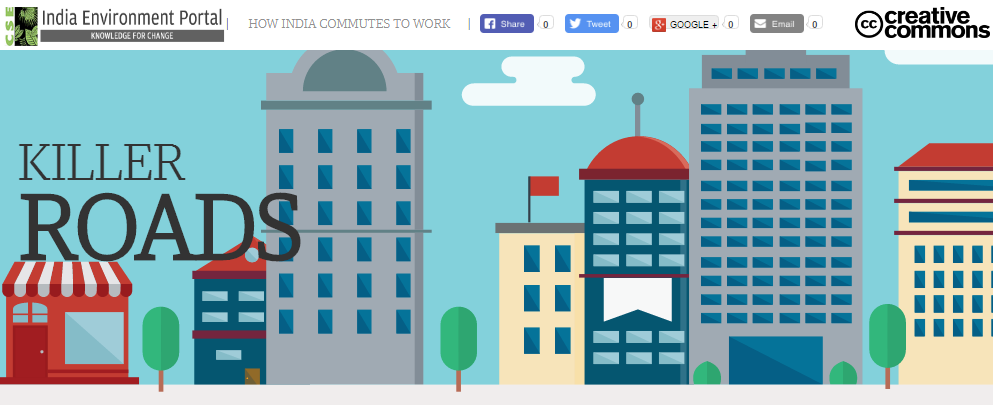Extreme is new normal
It is time to accept that we are beginning to see the impact of climate change in the form of increased frequency and intensity of extreme weather events, and this would get worse with rising temperature.
It is time to accept that we are beginning to see the impact of climate change in the form of increased frequency and intensity of extreme weather events, and this would get worse with rising temperature.

Questions have been raised about methodology adopted in Swachh Survekshan Report 2017. Instead of encouraging sustainable practices like segregation at source and recycle and reuse, the survey seems to

Urban India is now the world's third largest garbage generator. But the amount of waste generated is not as much of an issue as the fact that over 45 million tonnes (or 3 million trucks worth) of garbage
<p>Global funding for research and development on neglected diseases reached a historic low in 2015, driven by declining public sector investment. The G-FINDER report by Australia-based independent group, Policy Cures Research, says that the decline is due to the lack of funding by rich countries. According to it, this is the lowest-ever funding on record by the US. Same can be said of the UK. The G-FINDER analysis tracks public and private investment in diseases that affect people in the developing countries. Over 1 billion people in 149 countries worldwide suffer from one or more neglected diseases, and they are now included in the Sustainable Development Goals.</p>

In India, bicycles are acknowledged as a main tool for guranting enrolment in school in rural areas, especially for a girl child. It is a symbol of empowerment of common man. Even a political party in

<p>India is committed to reduce the number of road accidents and fatalities by 50 per cent by 2020. However, road safety levels have taken a serious hit with the country witnessing one of the highest growth
<p>This recently released NASA simulation of the global atmospheric carbon dioxide (CO2) cycle offers a powerful counterpoint to the Trump team’s push to marginalize climate change research. The visualization conveys the message that rising concentration of atmospheric carbon dioxide on Earth will produce thermostat-like effects. It also seeks answers to questions such as how land and ocean absorbs the greenhouse gas and what will happen when it reaches a point of saturation. It shows 50 percent of human-made emissions staying in the atmosphere, while 25 percent goes to the oceans with the other 25 percent being absorbed by land vegetation.</p>
<p>Swachh Bharat Mission has gained quite a momentum in the past two years. The NDA government’s flagship campaign aims at covering 1.04 crore households, providing 250,000 community toilets, 260,000
<p>The shortage of urban housing across the country will increase to an estimated 3.41 crore units by 2022, mainly on the back of demand-supply gap and rising levels of income among the working class seeking to purchase houses. </p>
<p>At least 10 million people globally do not have citizenship of any country, according to the UN. Without nationality, stateless people cannot vote and can find it difficult or impossible to gain access to healthcare, education and employment.</p>

<p>Air pollution has been Delhi’s persistent enemy. It rears its head at the onset of winter when heavy smog envelopes the national capital, reducing visibility and causing physical discomfort. While